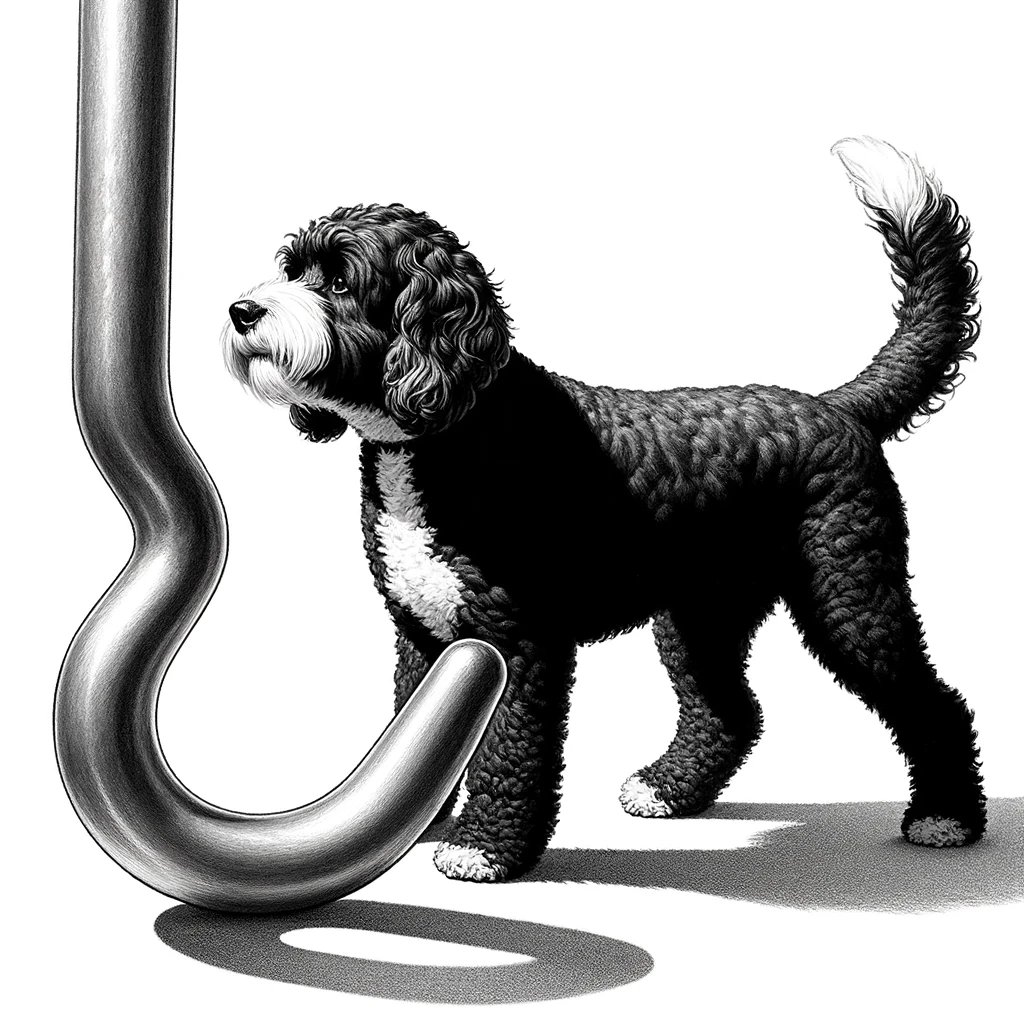Understanding WordPress Hooks
WordPress Hooks are integral to the customization and functionality of WordPress platforms, enabling developers to alter or extend the capabilities of WordPress without modifying the core code directly.
Types of Hooks
There are two primary types of hooks in WordPress: actions and filters. Actions are triggered at certain points during the execution of WordPress and allow developers to execute their own code at these times. On the other hand, filters give developers the ability to modify data before it is sent to the database or the browser.
Hook Functionality
Each hook operates through a system of functions and callbacks, where developers specify which function to execute when a particular hook is encountered. By using hooks, developers effectively insert their custom code or modify various parts of the WordPress process, from creating widgets to adjusting how content is displayed.
Action vs. Filter Hooks
Action hooks are used to execute custom code, typically without returning a value. Their purpose is to perform actions at specific times, such as when initializing plugins or themes. Conversely, filter hooks are designed to alter text or data, hence they always return a modified value. They are essential for customizing the way WordPress presents content and data. The parameters passed to the callback functions differ between actions and filters depending on what data is being manipulated or what event is being responded to.
Developers must understand the appropriate usage and differences between action and filter hooks to effectively use WordPress hooks for their theme or plugin development tasks.
Implementing Hooks in WordPress
In WordPress, hooks empower developers to alter or enhance the functionality of the CMS without changing the core source code. Hooks are crucial for creating plugins and themes that can interact seamlessly with WordPress core.
Adding Hooks
Developers can add hooks to their plugins or themes using functions such as add_action() and add_filter(). The add_action() function links a custom function to a specific action hook, allowing it to run at a particular point in the WordPress execution. For instance, the save_post action enables developers to execute a function right after a post is saved.
function my_custom_save_post() {
// custom code to run on post save
}
add_action( 'save_post', 'my_custom_save_post' );
For modifying the output or data, add_filter() connects a filter function to a filter hook. This allows for altering content before it is rendered or sent to the database.
function my_custom_content_filter($content) {
// custom code to modify post content
return $content;
}
add_filter( 'the_content', 'my_custom_content_filter' );
Removing Hooks
To remove hooks, WordPress provides remove_action() and remove_filter() functions. This is often necessary to disable a function hooked by a plugin or a theme that is not needed or wanted. To remove a function, one must reference the same hook and priority that was used to add it.
remove_action( 'save_post', 'my_custom_save_post', 10 );
remove_filter( 'the_content', 'my_custom_content_filter', 10 );
The number 10 represents the default priority used in add_action() or add_filter() if none is specified.
Custom Hooks and Execution
Custom hooks are created using do_action() for action hooks, and apply_filters() for filter hooks. They allow other plugins and themes to interact with specific areas of your code.
function my_custom_hook_function() {
do_action( 'my_custom_action_hook' );
}
$content = apply_filters( 'my_custom_filter_hook', $content );
When you execute a custom hook, any callback functions hooked to ‘my_custom_action_hook’ will run, and my_custom_filter_hook will modify $content via attached filter functions. Each hooked function executes in the order determined by its hook priority.
Implementing hooks properly is fundamental to developing extensible WordPress plugins and themes, ensuring code interoperability and adherence to best practices.
Advanced Hook Usage and Best Practices
When working with WordPress hooks in functions.php or custom plugins, it’s crucial to manage them effectively and maintain high standards of security and performance. This ensures that the customizations you make to the WordPress Core or content operate smoothly without compromising the site’s integrity.
Effective Hook Management
Effective hook management often hinges on a deep understanding of action and filter hooks. When adding custom code, it’s essential to place it in the functions.php file, ensuring that it’s executed at the right time.
Action Hooks: Use action hooks to trigger custom code during specific WordPress lifecycle phases, such as initializing a widget or registering a custom post type. It’s important to reference the appropriate action reference for the desired execution point.
Filter Hooks: Filtering allows developers to modify data before it is sent to the database or the browser. For example, utilize the
login_errorsfilter to manipulate the error messages displayed, enhancing the security of your site.
Careful prioritization of hooks is another best practice. Assigning the appropriate priority to an action or filter ensures that it fires in the correct order relative to other pieces of code.
Security and Performance
Security must be a top priority when using WordPress hooks; improperly handled hooks can become vectors for attacks. It’s critical to sanitize and validate any information that passes through hooks to prevent SQL injection or cross-site scripting attacks.
Sanitization: Always sanitize input coming from users before it interacts with your hooks. For instance, when modifying menu outputs, validate that input data adheres to expected formats.
Performance: Optimize performance by using hooks efficiently within the
functions.php file, avoiding unnecessary database queries whenever possible. Correct use of global variables and avoiding direct manipulation of the core code can prevent performance bottlenecks.
Monitor the impact of custom WordPress hooks on site performance, and refrain from overloading with excessive or complex actions that can slow down execution.
By applying advanced strategies and best practices in hook utilization, developers can effectively extend and customize WordPress while ensuring the security and performance of their websites remain uncompromised.











